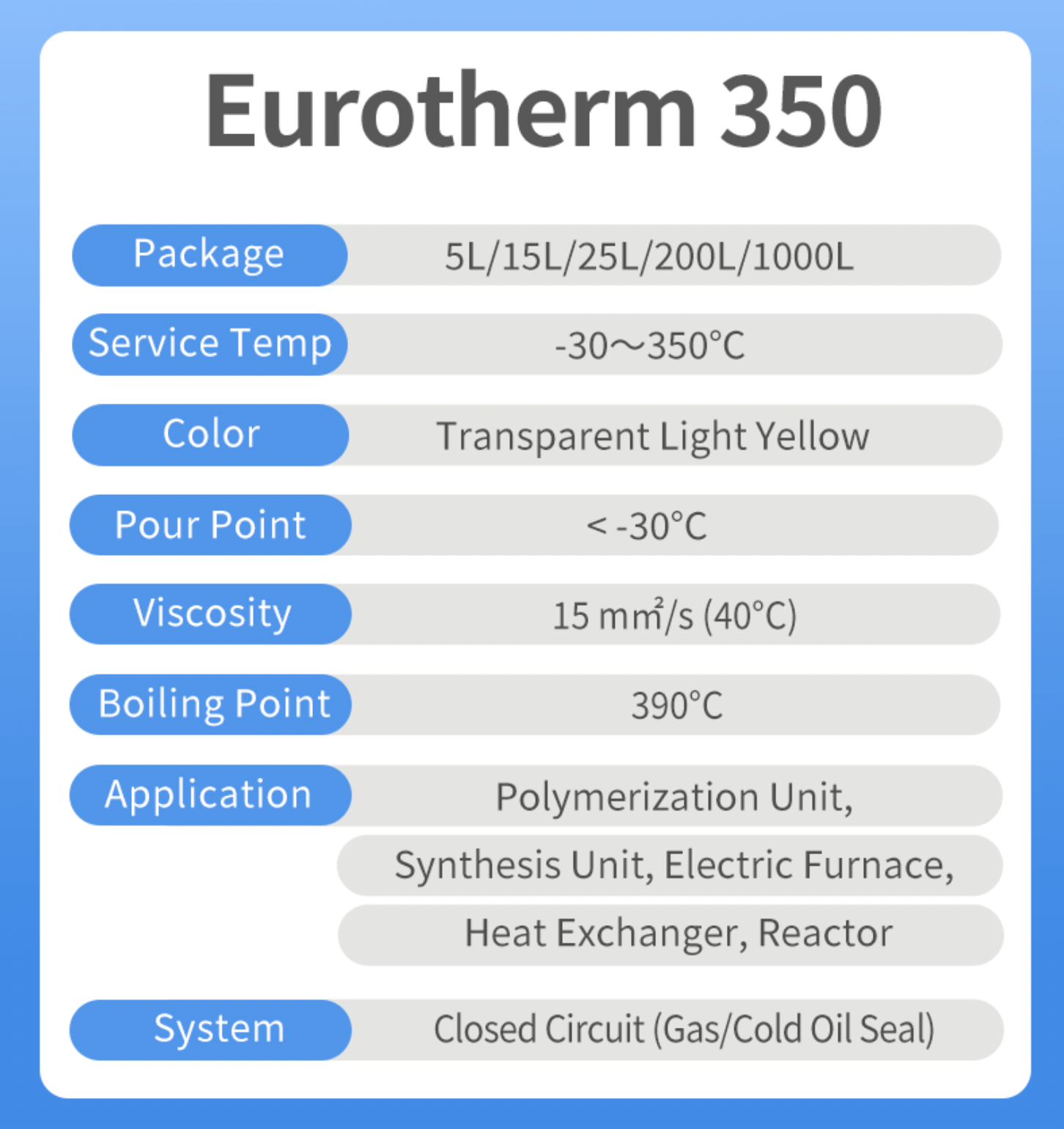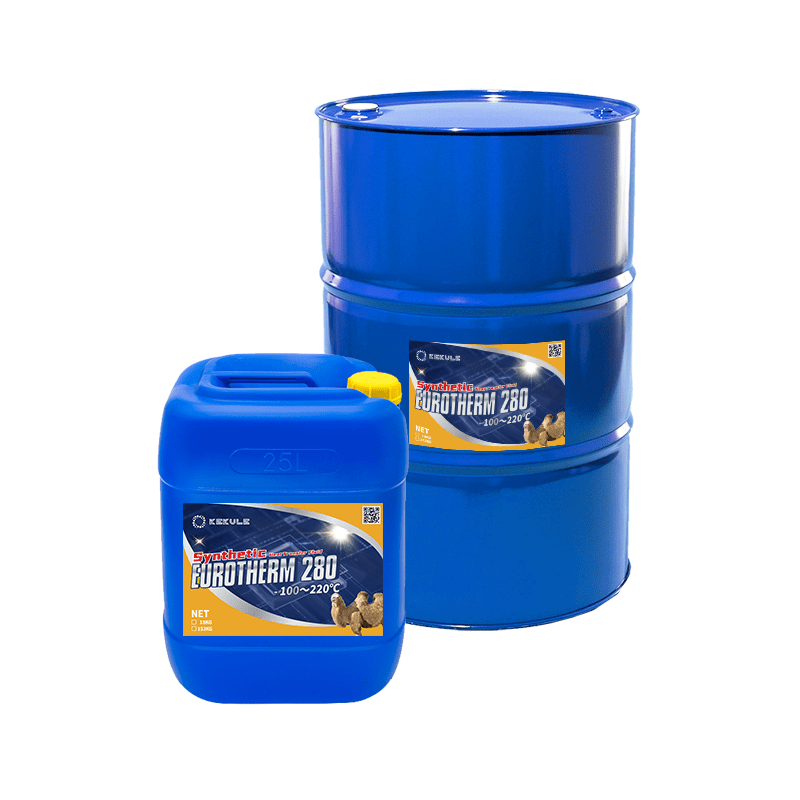The Basic Principles Of Chemie
The Basic Principles Of Chemie
Blog Article
The 10-Minute Rule for Chemie
Table of ContentsWhat Does Chemie Do?The Ultimate Guide To ChemieSee This Report about ChemieThe 20-Second Trick For ChemieSome Of ChemieHow Chemie can Save You Time, Stress, and Money.
By Bojanna Shantheyanda, Sreya Dutta, Kevin Coscia and David SchiemerDynalene, Inc. Fluid cooling, which can be achieved using indirect or straight methods, is used in electronics applications having thermal power densities that may exceed safe dissipation with air cooling. Indirect liquid air conditioning is where heat dissipating digital elements are literally divided from the liquid coolant, whereas in case of direct air conditioning, the parts remain in direct call with the coolant.In indirect cooling applications the electrical conductivity can be important if there are leaks and/or spillage of the liquids onto the electronic devices. In the indirect air conditioning applications where water based liquids with rust inhibitors are typically used, the electrical conductivity of the fluid coolant mostly relies on the ion focus in the liquid stream.
The rise in the ion focus in a closed loophole fluid stream might occur because of ion seeping from metals and nonmetal parts that the coolant liquid touches with. During operation, the electrical conductivity of the liquid might enhance to a level which can be damaging for the cooling system.
Chemie Things To Know Before You Get This
(https://medium.com/@betteanderson_37015/about)They are grain like polymers that can exchanging ions with ions in a remedy that it touches with. In the present job, ion leaching examinations were performed with various steels and polymers in both ultrapure deionized (DI) water, i.e. water which is dealt with to the highest degree of purity, and low electrical conductive ethylene glycol/water blend, with the gauged modification in conductivity reported in time.
The samples were enabled to equilibrate at area temperature level for 2 days prior to taping the preliminary electric conductivity. In all examinations reported in this research study liquid electric conductivity was gauged to an accuracy of 1% making use of an Oakton disadvantage 510/CON 6 collection meter which was adjusted prior to each measurement.
Getting The Chemie To Work
from the wall surface heating coils to the center of the heater. The PTFE sample containers were placed in the furnace when constant state temperatures were gotten to. The test arrangement was gotten rid of from the heating system every 168 hours (seven days), cooled to area temperature with the electric conductivity of the fluid determined.
The electric conductivity of the liquid sample was kept track of for a total amount of 5000 hours (208 days). Schematic of the indirect shut loop cooling down experiment set-up. Components utilized in the indirect shut loophole cooling down experiment that are in call with the liquid YOURURL.com coolant.

The Chemie PDFs
During operation the liquid reservoir temperature level was kept at 34C. The change in liquid electrical conductivity was checked for 136 hours. The fluid from the system was collected and saved. Shut loophole test with ion exchange resin was lugged out with the exact same cleansing treatments used. The preliminary electric conductivity of the 230ml UP-H2O in the system gauged 1.84 S/cm.

0.1 g of Dowex material was included in 100g of liquid examples that was absorbed a separate container. The combination was stirred and change in the electric conductivity at room temperature level was determined every hour. The gauged adjustment in the electrical conductivity of the UP-H2O and EG-LC test liquids consisting of polymer or metal when engaged for 5,000 hours at 80C is revealed Number 3.
See This Report on Chemie
Figure 3. Ion leaching experiment: Measured adjustment in electric conductivity of water and EG-LC coolants including either polymer or metal samples when immersed for 5,000 hours at 80C. The outcomes show that metals contributed less ions into the fluids than plastics in both UP-H2O and EG-LC based coolants. This can be because of a slim steel oxide layer which may act as a barrier to ion leaching and cationic diffusion.
Liquids including polypropylene and HDPE exhibited the most affordable electrical conductivity adjustments. This might be as a result of the brief, stiff, straight chains which are much less likely to add ions than longer branched chains with weak intermolecular forces. Silicone additionally performed well in both examination fluids, as polysiloxanes are usually chemically inert as a result of the high bond energy of the silicon-oxygen bond which would certainly stop degradation of the product into the liquid.
6 Easy Facts About Chemie Explained
It would be anticipated that PVC would produce comparable results to those of PTFE and HDPE based on the comparable chemical structures of the products, nevertheless there might be various other impurities existing in the PVC, such as plasticizers, that might affect the electric conductivity of the fluid - meg glycol. In addition, chloride groups in PVC can additionally leach into the examination liquid and can trigger an increase in electric conductivity
Polyurethane entirely broke down into the test fluid by the end of 5000 hour examination. Prior to and after photos of steel and polymer examples submersed for 5,000 hours at 80C in the ion seeping experiment.
Calculated adjustment in the electric conductivity of UP-H2O coolant as a feature of time with and without material cartridge in the shut indirect air conditioning loophole experiment. The gauged adjustment in electric conductivity of the UP-H2O for 136 hours with and without ion exchange material in the loop is revealed in Number 5.
Report this page